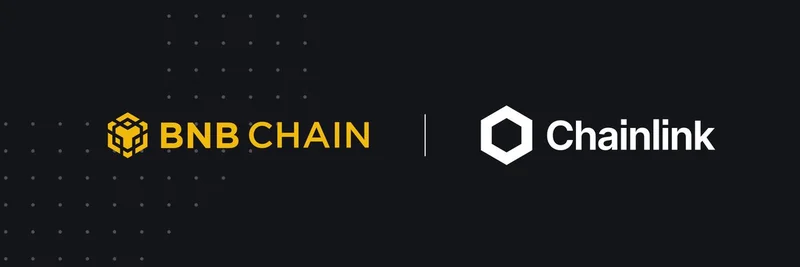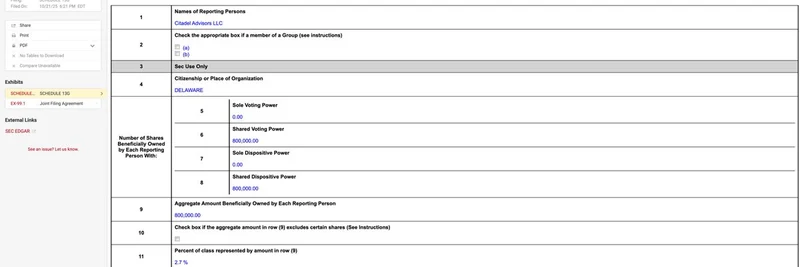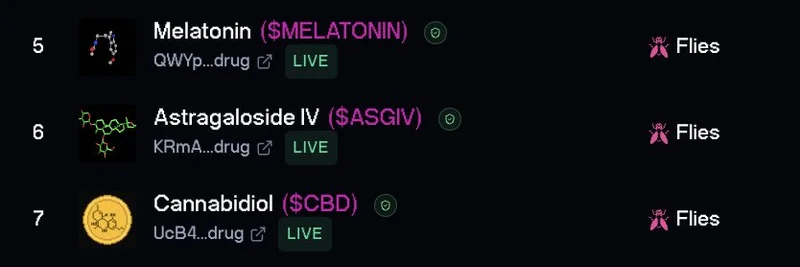Hey folks, if you're deep into the world of meme tokens and blockchain ecosystems, you've probably noticed how BNB Chain is a hotspot for all things fun and speculative. Well, things just got a whole lot more interesting. BNB Chain, backed by a massive community of devs and users, has teamed up with Chainlink to bring official U.S. Department of Commerce data straight onto the blockchain. This isn't just some tech update—it's a game-changer that could supercharge meme token projects with real-world economic insights.
What's the Big Deal with This Integration?
For those new to the scene, Chainlink is like the trusted messenger of the blockchain world. It provides what's called "oracle" services, which basically means it fetches real-world data and feeds it securely into smart contracts. Smart contracts are self-executing programs on the blockchain that run automatically when conditions are met—no middlemen needed.
In this case, BNB Chain is adopting Chainlink's data standard to pull in key macroeconomic indicators from the Bureau of Economic Analysis. We're talking big-league stats like GDP (Gross Domestic Product, which measures the total value of goods and services in the U.S.), the PCE Price Index (a measure of inflation based on personal consumption), and Real Final Sales to Private Domestic Purchasers (essentially, how much stuff people and businesses are buying after adjusting for inflation).
Why does this matter for meme tokens? BNB Chain hosts tons of meme projects, from dog-themed coins to viral sensations. With this data now available onchain, developers can build apps that react to real economic events. Imagine a meme token that adjusts its mechanics based on GDP growth or inflation spikes—turning your fun investment into something tied to the broader economy.
Unlocking New Use Cases for Meme Creators
The announcement highlights some killer applications that could directly impact the meme token space:
Issuance of New Digital Assets: Think about creating meme tokens backed by economic data. For example, a token that represents a bet on U.S. economic growth, complete with meme-worthy branding to attract the community.
Prediction Markets: These are platforms where you can wager on future events. With trusted government data, you could have prediction markets for economic outcomes, like "Will inflation drop below 2%?" Meme tokens could gamify this, making it more engaging and viral.
Perpetual Futures Markets: These are like never-expiring bets on asset prices. Benchmarking them to official data means more accurate, tamper-proof trading. For meme tokens on BNB Chain, this could mean perps that track economic indicators, blending memes with macro trading.
DeFi Protocol Risk Management: Decentralized Finance (DeFi) is all about lending, borrowing, and trading without banks. Using real economic conditions for risk assessment could make meme-based DeFi protocols smarter and safer, reducing the wild volatility we sometimes see.
This setup is powered by Chainlink Price Feeds, which ensure the data is accurate and resistant to manipulation. It's a step toward making blockchain apps more grounded in reality, which is huge for building trust in meme ecosystems that often get dismissed as just hype.
How to Get Started with These Feeds
If you're a developer itching to experiment, Chainlink has docs ready to go. Check out their guide on integrating these U.S. government macroeconomic feeds on BNB Chain here. It's straightforward and could be the spark for your next meme token innovation.
Why This Matters for the Meme Community
In the fast-paced world of meme tokens, staying ahead means leveraging the latest tech. BNB Chain's move with Chainlink isn't just about data—it's about empowering creators to build stuff that's fun, functional, and tied to the real world. Whether you're holding $BNB, $LINK, or your favorite meme coin, this could lead to more robust projects and bigger communities.
Keep an eye on how this plays out; it might just be the catalyst for the next wave of meme token evolution on BNB Chain. What do you think—ready to see memes meet macroeconomics? Drop your thoughts in the comments!



